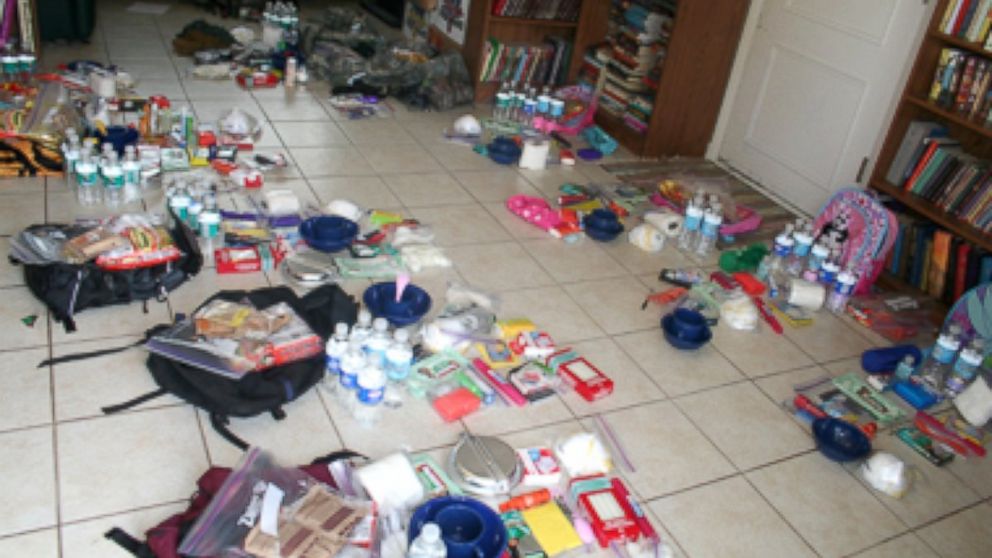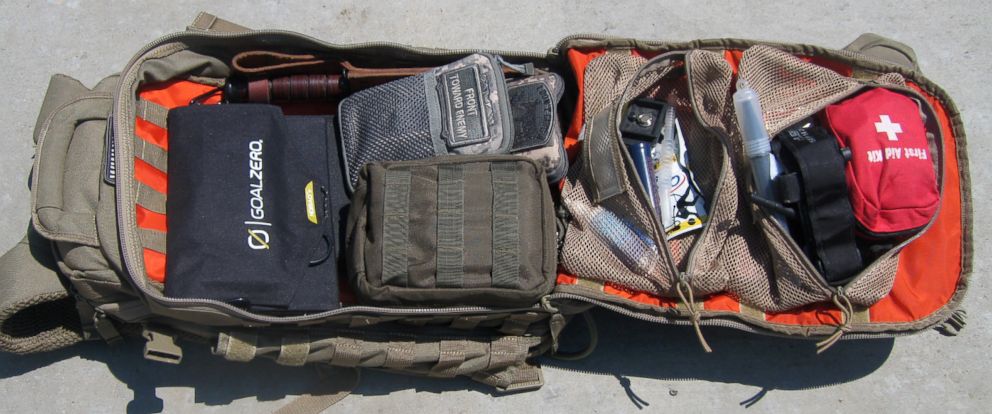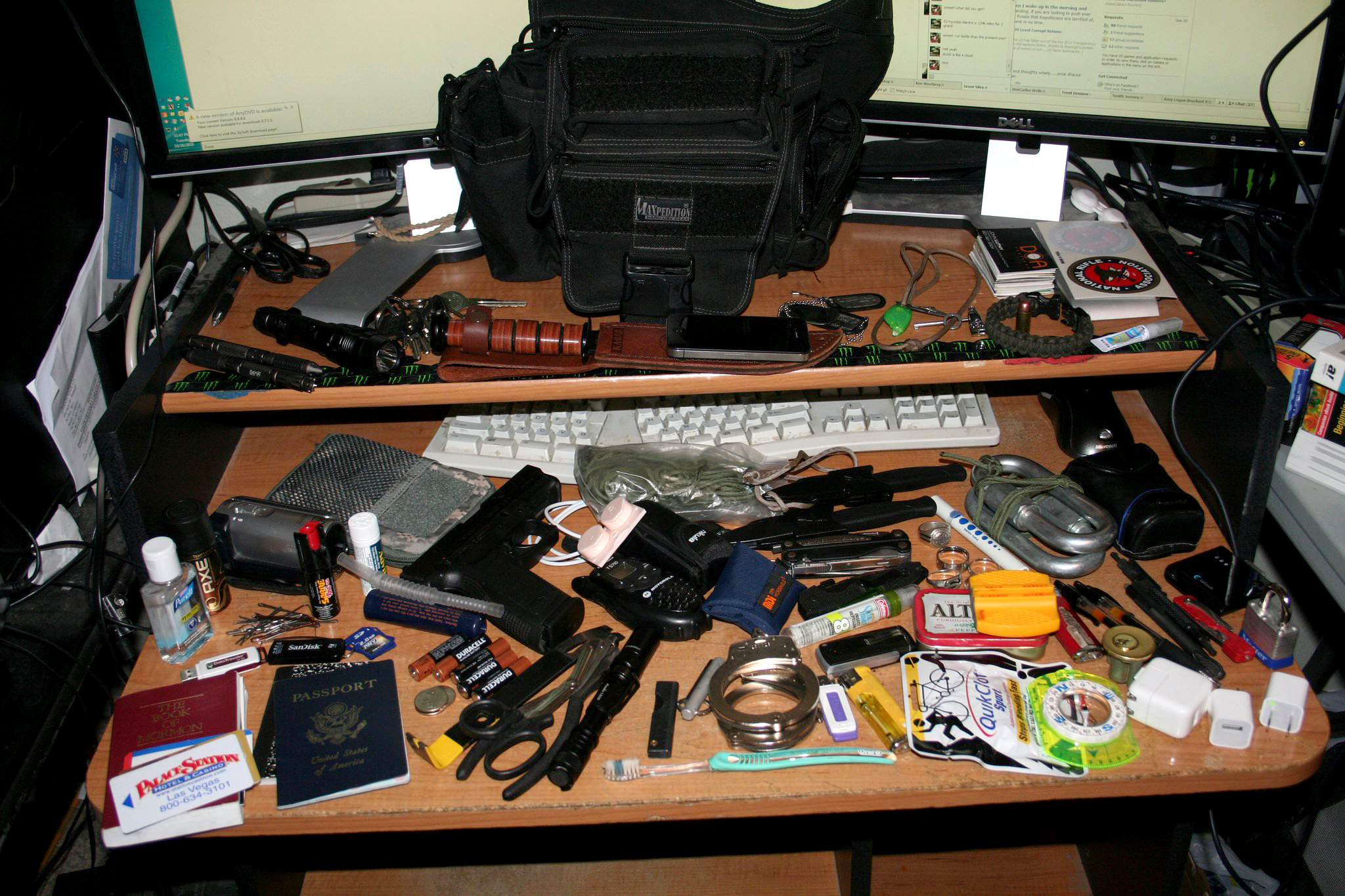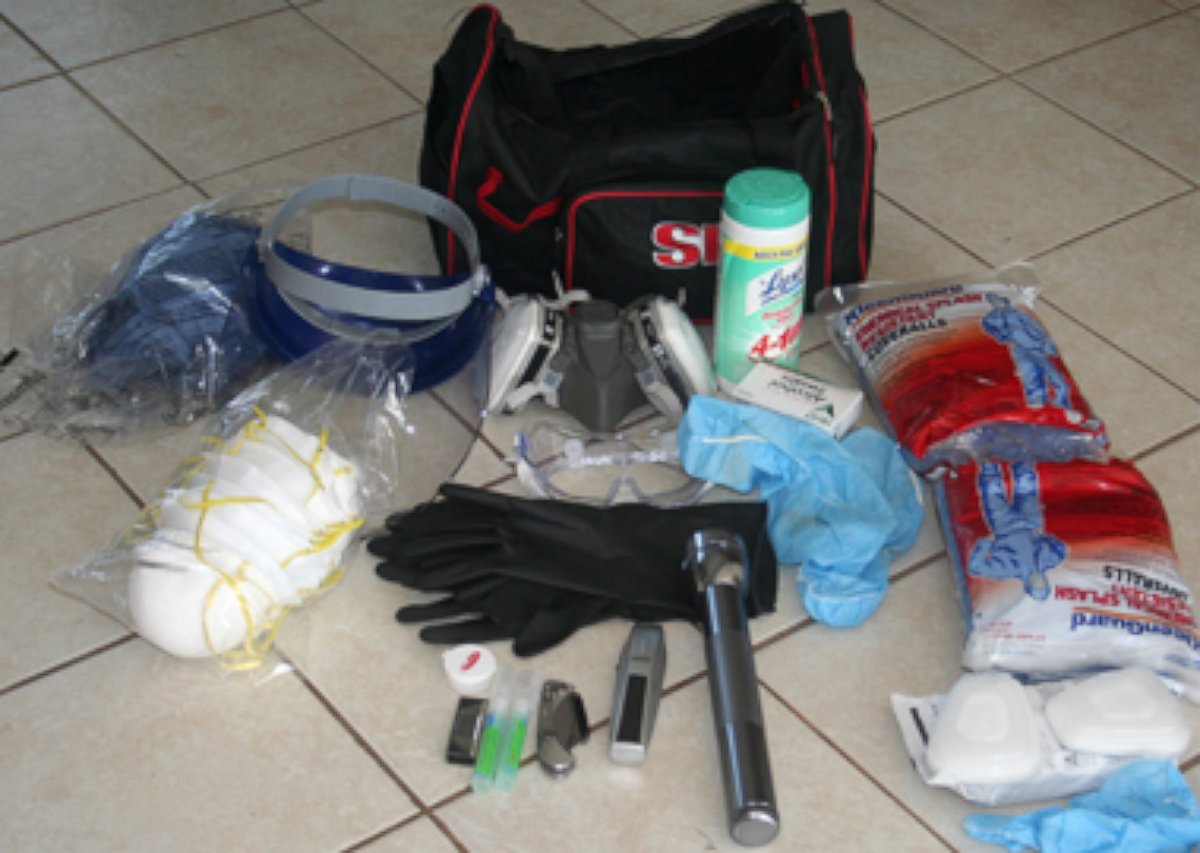This Is How Preppers Do Spring Cleaning
Time to clean out that bugout bag.

April 23, 2014— -- The words "spring cleaning" may conjure images of sparkling kitchen counters and dust-free closets, but there's another part of your life that could use a clean sweep too, according to experts in emergency preparedness.
It's time to spring clean out your emergency kit.
"We recommend doing it every six months and basically setting it as a tradition," said Phil Burns of the American Preppers Network, who offers tips on how to make sure your kits are up-to-date. "On Easter and Halloween is when I reset all of my bugout kits."

A "bugout" bag, according to those in survivalist groups, is the bag you can grab in case of an emergency that has supplies in it to take with you for up to 72 hours.
The bag should have food supplies, including shelf-stable granola bars, powdered milk, jerky, dried soups, or freeze-dried meals, as well as water or water purification systems, clothing and emergency shelter like tents and blankets. Basic medical supplies and tools are also helpful.

The semi-annual check is a good time to throw out any expired food and replace it, Burns said, as well as see if anyone has been dipping into the reserves and need to be replenished.
"Every time I do an inventory I find one bag that’s been raided for a granola bar or something, so I have a kid bag checklist, an adult bag checklist, and other specialty bags," he said.
"Even some of the medical equipment, if you need it and it’s in a bag, you grab it. Having a checklist and doing an inventory is important so what you expect to be in there is in there," he said.

As you're doing an inventory on the children's supplies, it's a good time to practice emergency preparedness with them, Burns said. "At our house we have a plan for what to do if there’s anything wrong in the house, whether it's a fire or you come home and the door’s open and see someone in there you don’t recognize. We have a basic evacuation plan," he said.
"Do a drill with the kids when you're changing out the bags, and that way every six months you're going through your emergency plans and getting it fresh in their heads with drills," he said.

Regular folks should have supplies on hand that fit the environment they're in, Burns said. So urban dwellers will have different equipment than those who live near mountains, and folks living in places with extreme summers or winters will have to update their kits for the coming season's needs, such as hydration kits or fire starters.
It's also a good time to update and laminate personal information sheets with names of family members out of state and their phones numbers that can be contacted in times of emergency.
Most importantly, Burns said, is making sure that basic survival skills are being kept up-to-date.
"You can lose a skill very easily, especially when it's particular, like how to dress a particular kind of wound. If you haven't used it in a year or two it won't be there," he said.
"The most valuable training tool when it comes to disaster preparedness is your brain. So change out the physical environment but also make sure to freshen up your brain," he said.




